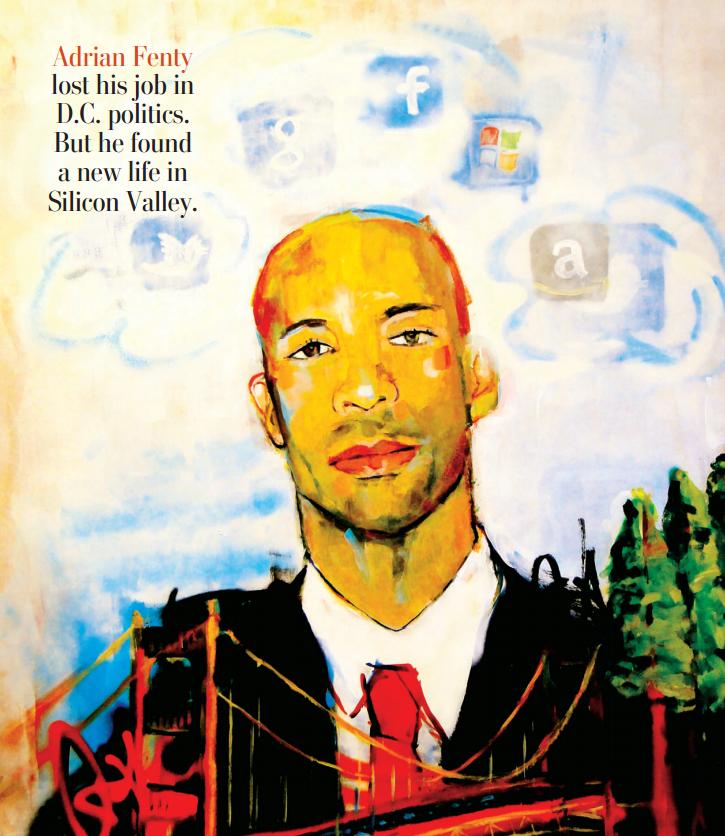I always dreaded the write-around. Profile someone who doesn't want to talk? No thanks. Too risky. (Too much work.) The most famous write-around, of course, is Gay Talese's "Frank Sinatra Has a Cold," published in Esquire in April 1966. To this day I can't get through all 15,000 words, but I understand why it's gospel to the kind of writers who aspire to write for Esquire. As the magazine itself notes, the piece is "a conjuring act." It doesn't quite make something out of nothing -- Talese had plenty of observation and reportage to work with -- but it does create a deep journalistic intimacy with a subject who actively avoided it. My suspicion of both the exactness and the latitude in Talese's writing, though, was somewhat validated by his annotation of the piece earlier this month for Nieman Storyboard. When asked about his method of taking down quotations, Talese wrote:
"The reason I don’t use a tape recorder is I don’t want the tape recorder to contradict what I think is potentially a better quote. My idea of interviewing is to get as best I can out of the mouth of somebody else their best thought — the most ideal representation of what they think, not what they say. I don’t believe what people say, most of the time, until I go over it again and again."
This made my heart skip a beat. It seems antithetical to reporting, and it's something I would never do. Yes, every reporter has cleaned up a quote -- snipping off a "well" or "um," repairing garbled grammar that is otherwise inconsequential. Sometimes the verbatim transcription of what a person says does obscure the truth of the matter; sometimes one's longhand or shorthand fails. But then we paraphrase, and attribute. We omit the quotation marks. We don't pass off the words as being actually uttered. Right? Talese's comment makes me wonder how much of the piece was, well, conjured. I'm not passing judgment; I'm just wondering, and a bit baffled. No, wait. I think I am passing judgment.
This is a roundabout way of saying that I finally wrote a true write-around, with about the same amount of time to report and write as Talese had (31 days). I came up with 12,000 fewer words and insights, but then my mark was not the foremost singer of the 20th century. This blog post, by the way, does not claim that my task deserves even to be contrasted with Talese's; I'm merely tapping away on the topic of the write-around as a genre of journalism, and using that genre's most talked-about example as a way to get close to it.
So. My subject was former D.C. mayor Adrian Fenty, who declined to be interviewed. His soon-to-be-ex-wife and his family also weren't talking. I counted on two close Fenty friends to lead me in the right direction, and to confirm facts, but mostly I was writing about someone from the periphery, through tertiary sources. I was able to observe him briefly in person over two days in San Francisco, so at least I had scenic terrain to till. And you know what? It turned out okay. Mostly because I realized that this wasn't a profile of Adrian Fenty so much as it was a profile of the idea of Adrian Fenty. I don't have the subject himself, but I have everyone else's interpretation of the subject. Which is what Talese had. Something else the writer of the write-around has? His or her own interpretation of the subject, based on the reporting and the listening and the watching and, most importantly, the thinking. A chief source in the write-around is the writer himself. Perhaps that latitude results in a kind of exactness. Ther resulting piece, to me, is not flesh and blood but a hologram, triangulated from different directions and angles. And holograms are cool, right? Our illustration, created by Kilmany-Jo Liversage, is kinda hologrammy:

